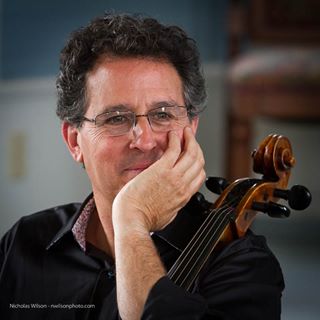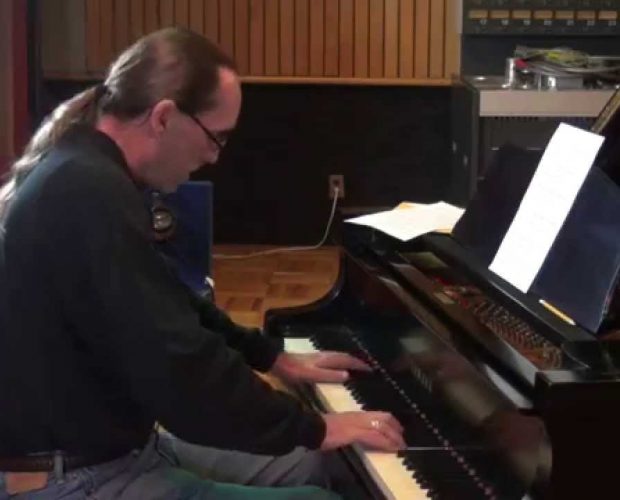
November 9, 2020
Our musical activities last week could only happen in this extraordinary time.
On Wednesday morning I played Shostakovich with a pianist in Italy. Real-time collaboration with a pianist 6000 miles away in Turin? How is that even possible? For anyone who’s tried singing Happy Birthday over Zoom, they know the effects of latency first-hand. It’s impossible! After plugging in I activated an application called JackTrip and used it to connect with Italy.
Mitigating latency requires some sophisticated tech. JackTrip is an open source software developed at Stanford by Prof. Chris Chafe for the purpose of making real-time audio collaboration over the internet possible. And it works!
Last spring I attended a class called the IETF (Internet Ensemble Task Force) to learn how to use the software. JackTrip works particularly well when users live in the same time zone. 6000 miles was a challenge because, even at the speed of light, the delay would be 30 milliseconds — not to mention Internet switches, etc., that slow the transmission time of a digital signal to a tenth of a second or more, which is noticeable.
Still, playing the slow movement of the Shostakovich Cello Sonata was possible. Since Italy was doing the recording I just had to anticipate my entrances ever so slightly.
Latency has even inspired composers. Friday night Susan, the pianist Lori Lack, and I headed into San Francisco to record a concert of new pieces by a group of composers, members of the National Association of Composers/USA (NACUSA). One of the pieces attempts to emulate the effect of latency, essentially asking us to abandon our ensemble training to try not to play together. The piece is particularly rhythmic, too! Fortunately, we have the option to play it “as written”….
PLEASE stay safe and sane!
Stephen



